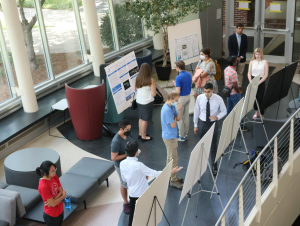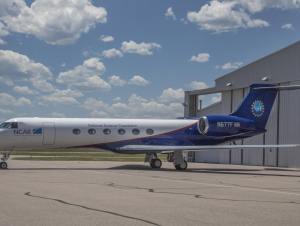To request a media interview, please reach out to experts using the faculty directories for each of our six schools, or contact Jess Hunt-Ralston, College of Sciences communications director. A list of faculty experts is also available to journalists upon request.
Latest News
National Science Foundation Research Experiences for Undergraduates (NSF REUs), Georgia community college initiative, and workshops centered on new scientific methods and communicating key concepts offer ample opportunities for students — current, prospective, and visiting — to hone their research skills in the College of Sciences.
Viruses play an important role in shaping human and environmental health. Joshua Weitz, School of Biological Sciences professor and Tom and Marie Patton Chair, has been named a Simons Investigator for his theoretical work on microbial and viral ecology and infectious disease dynamics.
With five white balls out of a drum containing 70 balls, and one red ball drawn from a drum with 25 red balls, Lew Lefton says there are an astronomical 302,575,350 possible winning combinations.
Georgia Tech is pleased to announce the appointment of the Institute’s first Georgia Research Alliance (GRA) Distinguished Investigator, Jason Azoulay, as well as a new GRA Eminent Scholar, Lynn Kamerlin — bringing the Institute’s total of GRA Eminent Scholars to 27.
The Asian Summer Monsoon Chemical and CLimate Impact Project (ACCLIP) will allow a team of international scientists to study how the Asian summer monsoon — one of the largest and most important meteorological patterns in the world — affects atmospheric chemistry and global climate.








